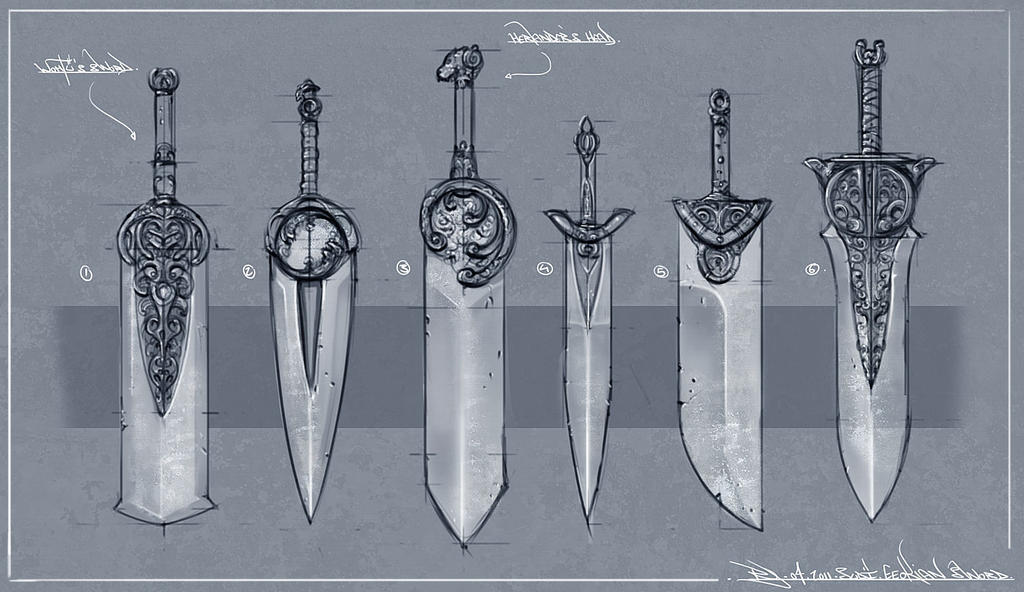

Deadly wounds should only be used in the context of Character Kills!
Please refer to this guide should you need some inspiration or help figuring out the type of injuries one would sustain after an encounter with another player. These are suggestions, of course, and you may pick whatever you feel suits best with the current wound level at play. It can be a mix of various types of injuries should there be more than one weapon at play; whatever feels right at the moment, so long as you respect the severity.
You will see certain injuries repeat themselves with each weapon, however their degree shifts depending on the amount of force required.
Blade / Slashing Damage
Caused by anything that has one or more sharp edges, used in a slicing manner. Such as; any sword, claws, daggers, axes, throwing daggers or axes, etc. One weapon is not exclusive to one category, however it should be kept in mind how it has been used during the encounter.
Minor - Cuts, scratches, loss of fingertips or any minimal damage to an external body part
Moderate - Deeper cut, flesh wound, loss of bigger parts (such as an ear, a finger), heavier bleeding
Severe - Bone deep wounds, severed body parts (fingers, toes, ears, eyes), severed tendons and muscles, abundant bleeding
Deadly - Slashed and pierced organs, severed limbs (arm, leg), severed arteries, uncontrollable bleeding
Blunt / Bludgeoning Damage
A blunt instrument is any solid object used as a weapon, which damages its target by applying direct mechanical force, and has no penetrating point or edge, or is wielded so that the point or edge is not the part of the weapon that inflicts the injury. Such as; mace, hammer, shield, blunt edge of a sword, wooden weapons, etc. One weapon is not exclusive to one category, however it should be kept in mind how it has been used.
Minor - Bruises, scratches, sprained boy parts, dizziness and disorientation
Moderate - Broken bones (nose, forearms, shins, hands and feet), deep bruises, cuts and scratches, mild concussion, nausea
Severe - Open fractures, broken bones, internal bleeding, heavy bruises, severed muscles and tendons, heavy concussion, vomiting
Deadly - Heavy internal bleeding, pulverized bones, damage to inner organs, irreversible brain damage
Point / Piercing Damage
Piercing weapons are designed primarily for stabbing and puncturing to cause damage rather than slicing or cutting. Examples include knives, daggers, spears, lances, needles, shivs or improvised weapons such as ice picks. One weapon is not exclusive to one category, however it should be kept in mind how it has been used.
Minor - Cuts, bruises, shallow perforations
Moderate - Lacerations, deeper perforations of the skin, heavier bleeding
Severe - Flesh wound, perforation to the bone, pierced inner organ, internal bleeding, ruptured arteries
Deadly - Impalement, uncontrollable bleeding, internal bleeding, pierced inner organs, broken bones